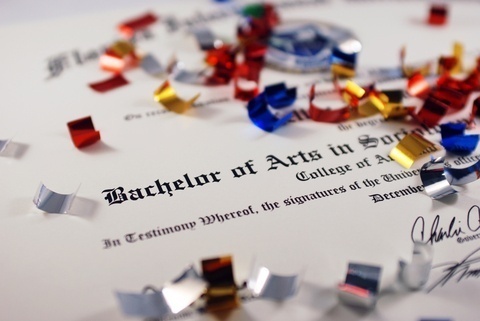Recent Charges Highlight Inequality in College Admissions

Recently, 50 individuals (including famous actors) were charged with college exam cheating plots. These charges bring to light the ongoing inequality in college admissions and academic success. Even without breaking the law, the rich can stack the deck against students from working and middle class backgrounds. Wealthy individuals can pay for things such as private schools, hefty donations and exam tutors. Prestigious universities also have outdated legacy programs, making it even easier for kids from wealthy backgrounds to gain admittance. Some of the ways inequality still exists in higher education:
Private Schools and Wealthy School Districts
Private schools and public schools in wealthier districts provide better education with the assumption that most of their students will attend college. In many cases, schools in poorer districts don’t properly prepare students for higher education. Even if poor students beat the odds and make it into a good university, they may not be as prepared as their wealthier peers.
Standardized Test Tutors and Admissions Consultants
Wealthy students can afford tutoring for college admissions tests, which is often very expensive. In addition, most private schools teach these admissions exams or have tutoring programs available for students. Some wealthy parents even hire admissions consultants to help ensure their child gets into an ivy league university. These consultants help with crafting resumes, writing essays, and interview coaching. It isn’t unusual for a wealthy parent to spend six figures simply ensuring his or her child attends a good college.
Legacy Programs and Donations
Legacy admissions and scholarships give preference to students with alumni relatives. This puts the wealthy at an unfair advantage, as they are more likely to have parents that attended a prestigious school. First generation college students have to work harder to prove their worth and must fight for fewer open slots. Donations are another factor contributing to inequality in college admissions. Colleges are less likely to turn away the offspring of a big donor.
Cost of Living
The costs of going to college don’t just include tuition and books. There’s also housing, food, utilities, and transportation. Wealthy students can focus solely on academics and extracurricular activities. Middle and working class students often have to work and juggle school in order to pay for living expenses. This may lead to academic burnout and increased chances of dropping out. Students who work may also receive lower grades, leading to less opportunities post-graduation – particularly if they wish to attend graduate school.
The factors above are just some of the ways in which those from poor, working class and middle class backgrounds are at a disadvantage when it comes to education. Those born into wealth have a greater chance at college success thanks to social connections, private educations, tutors and legacy programs. And although only 50 individuals were caught, it’s highly probable that many more wealthy parents are breaking the law in order to ensure their offspring spots at prestigious universities.
[wpedon id=”11354″ align=”center”]


